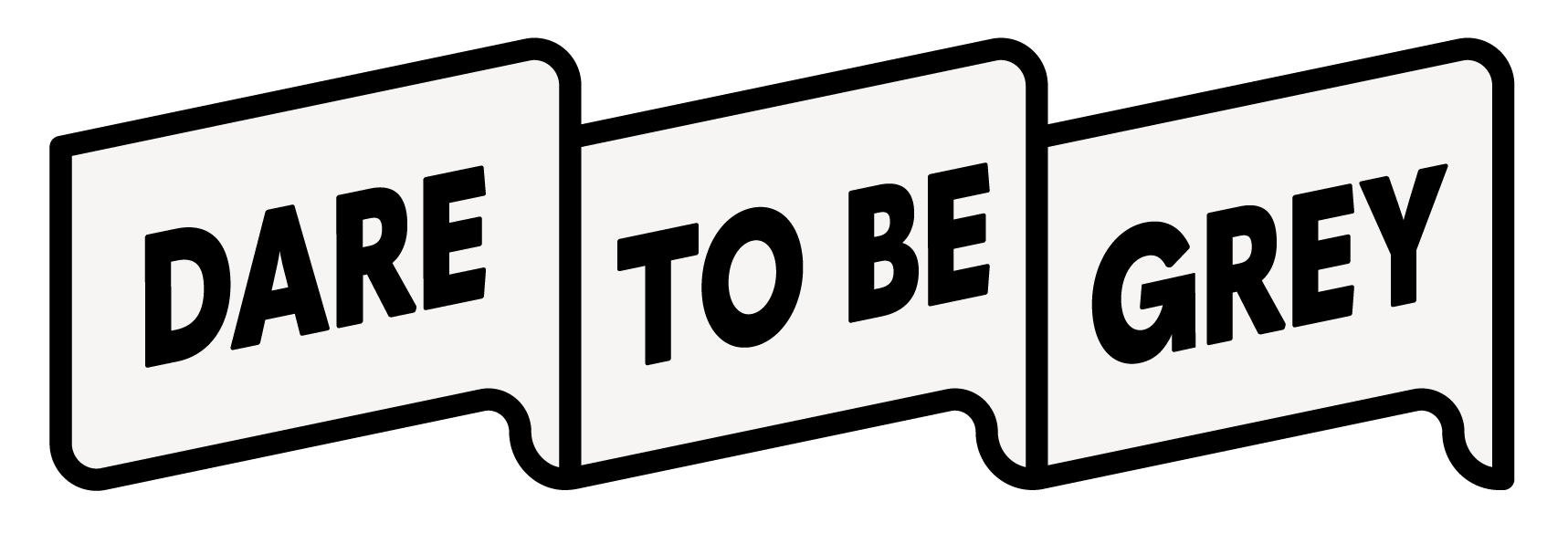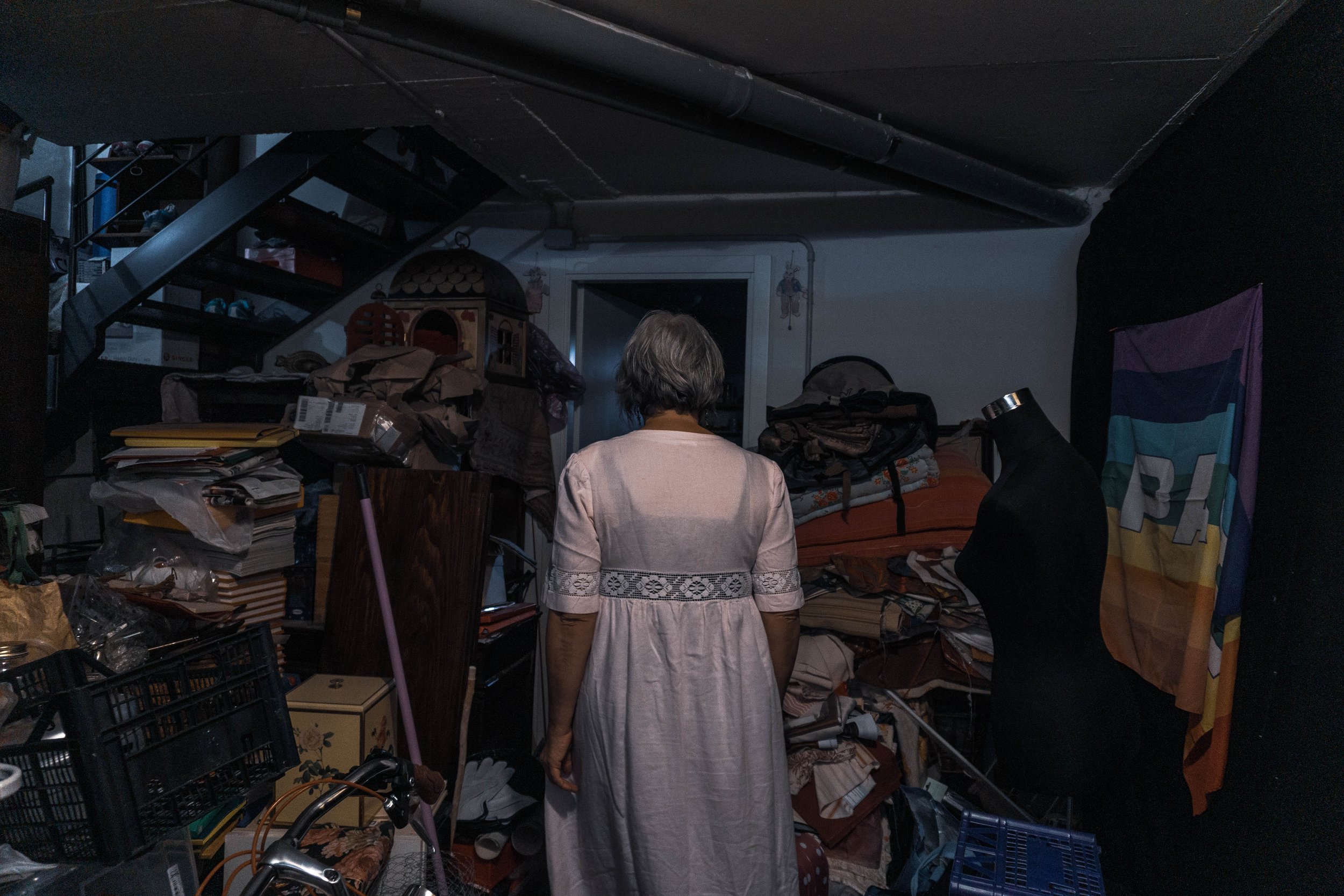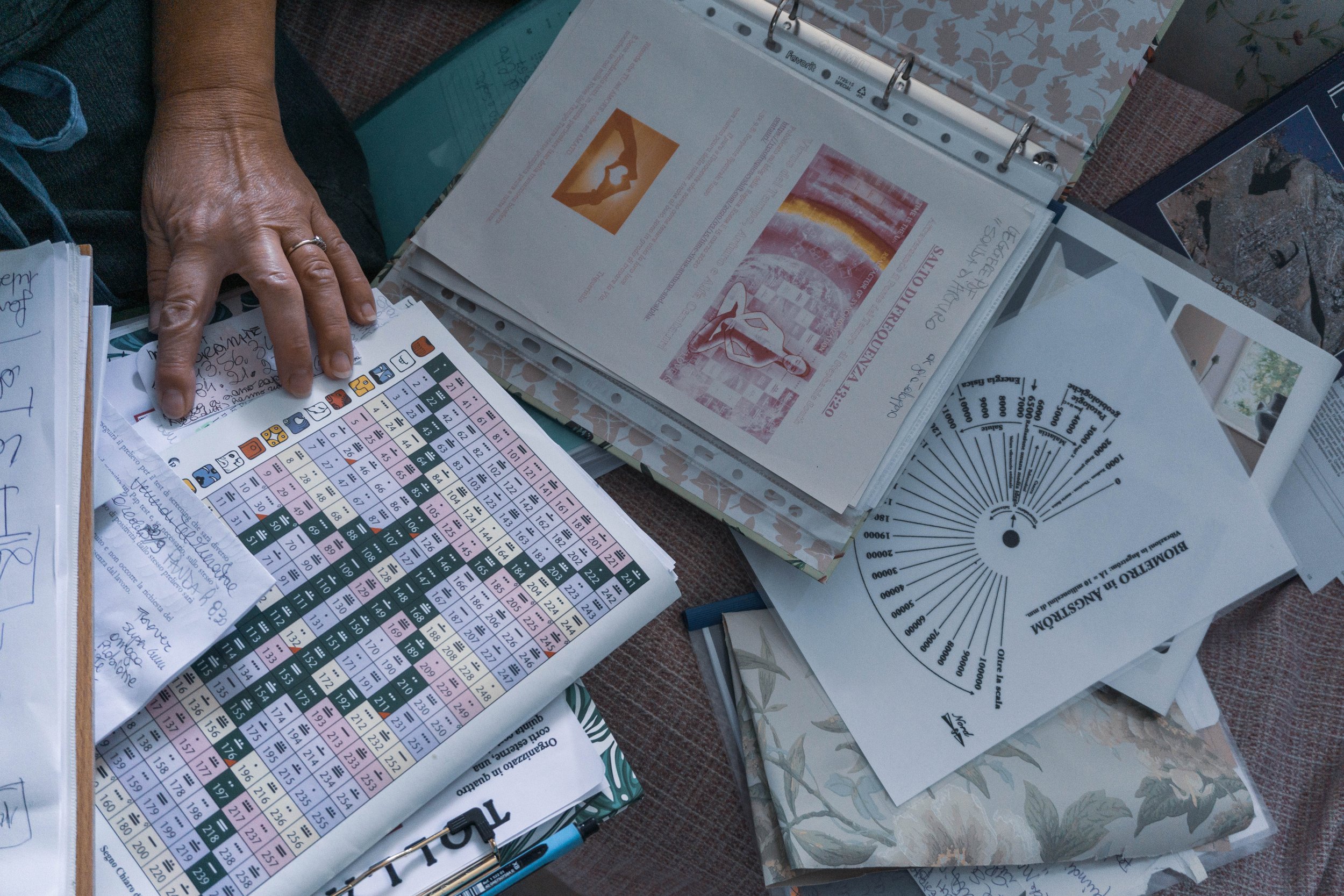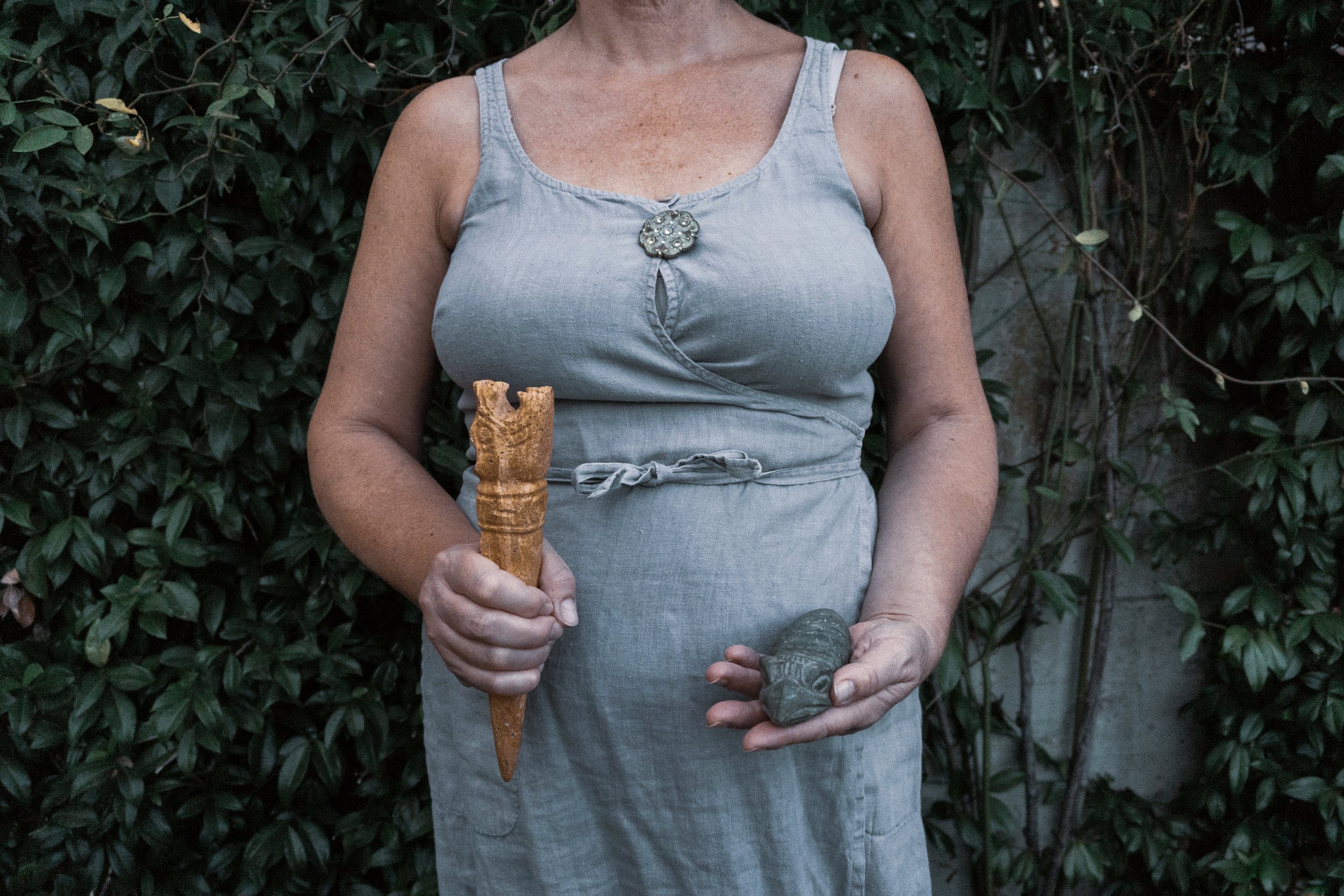Down the Rabbit Hole: A realm of objects, spirituality, and dodgy beliefs
January 25, 2022 — SOFIA CHERICI
In Partnership with Are We Europe
Image courtesy of Are We Europe
Many evenings, my mother would sneak into her bedroom for hours at a time. She would lie on the bed, her face brightened by the laptop’s blue light. Lounging on the sofa, I’d wait for her to come back down the stairs. We would sit at the kitchen table together for dinner, and neither of us would mention the past couple of hours.
We pretended that I was clueless about what she got up to in her room. But I knew full well that she joined online meetings where people talked about pagan spirituality and rumoured about global conspiracies. She knew I didn’t approve, and never openly told me about the world of mystical revelations and unknown disclosures she partook in.
Since I was little, my mother has navigated the murky waters of alternative spirituality. My childhood memories are steeped in esoteric rituals, cosmic sessions, and magical woo-woo that I never fully understood. My room was full of healing flasks and birthstones, and even as a grown-up, I haven’t been able to shake off the superstition. A subtle voice inside my head still tells me not to throw away the little dwarf in the drawer.
“I knew full well that she joined online meetings where people talked about pagan spirituality and rumoured about global conspiracies.”
I was exposed to a variety of faiths and underground pagan circles in Italy and beyond, as my mother swayed from one séance to another in search of a panacea for our economic straits, or some respite from the chronic pain caused by her work as a cleaner. Once, a French woman read my astral chart and then recorded a cassette tape in which she told me of my past reincarnations and predicted dreadful forthcoming crossroads. Another time, my parents and I went to Rome to have lunch with a group of unorthodox priests, whose mystical function remains a mystery to this day. On several occasions, we attended alternative therapy treatments in a magnificent villa in the Tuscan countryside, owned by a wealthy elderly couple. I recall the interminable stairs, hallways furnished with refined tapestries and wooden cabinetry, and a lingering sense of blissful drowsiness after the pricy sessions.
When the COVID-19 pandemic broke out, documents establishing a link between the vaccine and 5G technology began to circulate in the chat groups she frequented. Suddenly, “quantum healing”—the belief that the application of quantum mechanics can realign “asymmetric” human bodies, relieving people of physical pain—was less about healing practices than about unveiling the world’s secret orders.
Those groups influenced my mother’s opinion on all types of matters, from the idea that there is a secret financial scheme keeping the poor at the bottom of the ladder, to the belief that the earth is flat. I couldn’t get my head around how communities of well-meaning, spiritually-inclined people, like my mother, could turn into disinformation hotbeds so easily.
Charlotte Ward and David Voas define “conspirituality” as a synthesis of New Age spirituality and conspiracy theories, and “a rapidly growing web movement expressing an ideology fuelled by political disillusionment and the popularity of alternative world views.” The path to conspiracy thinking in the internet age is rather predictable: if you open certain virtual doors, there’s a good chance you will fall down the rabbit hole into a labyrinthine world of mistruths. In due time, you lose touch with reality. My mother fell down that rabbit hole a long time ago.
But, as historians of religion Asbjørn Dyrendal and Egil Asprem maintain, there is nothing new, or surprising, about the link between spirituality and conspiracism. The two stem from the same cultural environment—an underground world that combines the history of Western esotericism with mild skepticism of establishment discourse. Opposition to the dominant narrative, and the proliferation of alternative, critical views, have accompanied societies throughout history. The effects of an age-old phenomenon have crawled all the way up to my very doorstep. But why, of all people, is my mother so receptive to these beliefs?
“The path to conspiracy thinking in the internet age is rather predictable: if you open certain virtual doors, there’s a good chance you will fall down the rabbit hole into a labyrinthine world of mistruths.”
My mother has always carried with her a sense of abiding inadequacy—a feeling of relentless confusion and dissatisfaction about her place in the world. That’s why she sought out narratives to help her make sense of her perceived failure to “fit in.” It was only recently that I realised the extent to which my family and I have been complicit bystanders. At some point, we left her alone with her trinkets and baubles, watching from a distance as she gradually spiralled deeper into the rabbit hole of her desperate need to belong.
Eventually, she found her own place of sacred chaos and alternative order. A place where she feels like one of the few awakened people who can hear the rabbit’s word—who have access to a magical reality unavailable to others. It makes her feel like she belongs to a community.
This article was originally published in Are We Europe’s print magazine. You can purchase a copy here.
The content of this website represents the views of the author only and is his/her sole responsibility. The European Commission does not accept any responsibility for use that may be made of the information it contains.









